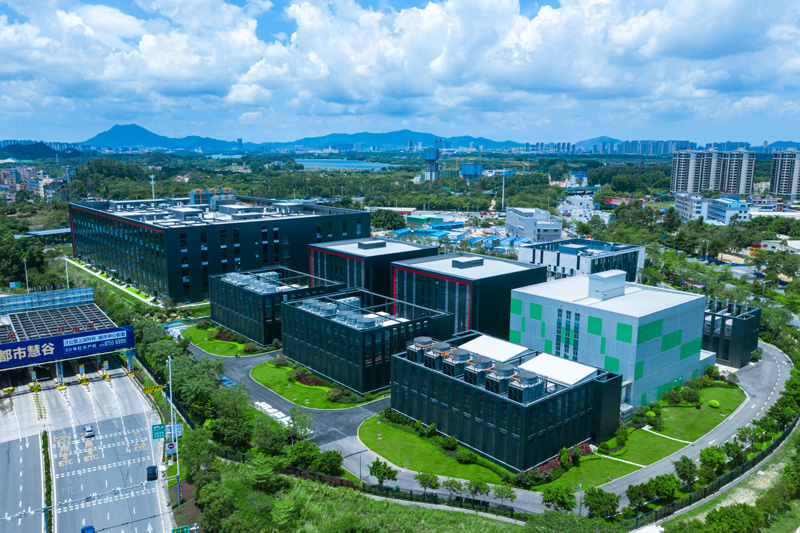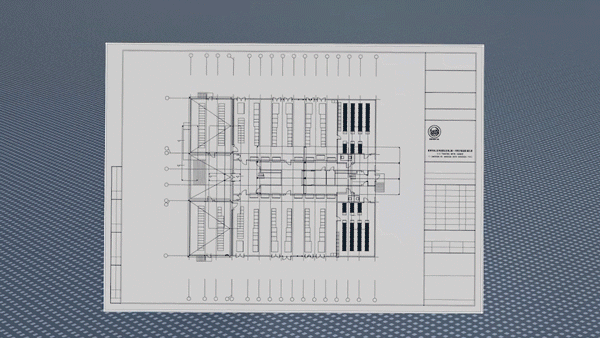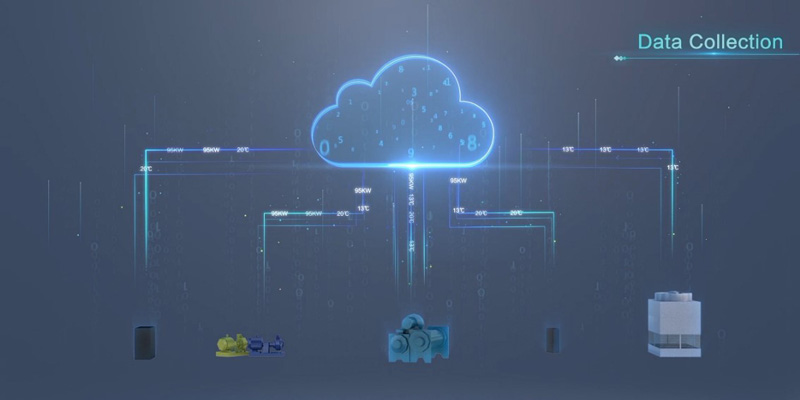Huawei's Dongguan Cloud Data Center T1 project (T1 project for short) is among the two green data centers in China to have been selected as a typical application case of key energy-saving technologies 2021 by the National Energy Conservation Center for the large amounts of energy it has saved during operation.

Located on the east side of Songshan Lake in Dongguan, Guangdong Province, this data center is part of Huawei Cloud's 'factory behind the store' strategy, serving as a base in Southern China. The T1 project was put into operation in 2019. By employing multiple advanced energy-saving technologies, the project's PUE reached 1.28 in 2021, which is consistent with the designed PUE and meets the PUE 1.30 target specified in the Guiding Opinions on Accelerating the Construction of a Coordination and Innovation System for the Nationwide Integrated Big Data Center set out by the National Development and Reform Commission.

1. Digital Technology Enablement
Due to insufficient simulation of air ducts and airflows at the design phase and backward onsite assembly and construction, traditional data centers have a higher PUE than the designed one. By contrast, the T1 project uses digital design, simulation, and manufacturing, reaching a designed PUE in actual operation.

Digital design: Thanks to the building information model (BIM) and the 3D digital twin technology, the pipeline collision experiments can be carried out automatically and pipeline interference can be identified in advance, improving design quality and reducing changes by 80%.
Digital simulation: Big data, cloud, AI algorithms are used to analyze multi-device working condition curves and full climate databases. On top of that, we use expertise to develop a 3D linkage simulation algorithm involving pressure, temperature field, and airflow, which improves the PUE design accuracy by 20%.
Digital manufacturing: Videos are issued through software to guide production, which ensures consistency between design and production. Besides, digital testing methods are used to keep the air leakage rate of air ducts under 1%, outperforming the industry average of 3%.
2. AI-based PUE Optimization
The cooling system usually consumes over 30% energy of a data center. In order to reduce the overall energy consumption, the T1 project used AI-based iCooling solution to detect energy consumption of all cooling subsystems in real time, find and deliver the optimal cooling policy based on parameters such as current IT load and outdoor temperature.

3. Green Construction and Material Recycling
During the construction of a traditional data center, it usually generates a large amount of waste and consumes a lot of water and power. To solve these problems, the T1 project uses a prefabricated modular solution, which means core modules and systems have been prefabricated and precommissioned in the factory before delivery and can be built like LEGOs onsite. By doing so, water consumption and construction waste are cut by 80%, carbon emissions was curbed by 90%, and as much as over 85% of materials were recycled, achieving green construction and maximizing material recovery.

![]()
4. Efficient and Energy-saving Devices
Since data centers are major energy consumers, efficient and energy-saving devices hold the key to energy saving and consumption reduction. In terms of power supply and distribution, the Huawei FusionPower6000 is deployed to provide one power supply for one row, increasing end-to-end efficiency to 95.5%. As for cooling, hardware such as high-efficiency fans and wet film humidifiers are equipped to improve the energy efficiency of cooling devices. In equipment rooms, smart modules are configured to separate cold and hot aisles, improving heat exchange efficiency.

According to Uptime Institute Global Data Center Survey 2022, in the following five years, data centers should be a solution to energy conservation and carbon reduction, instead of being a constraint placed on it. With this green notion in mind, we change the way people used to plan, build and operate data centers during the construction of this project, and make noticeable progress in energy conservation and carbon reduction. This is the contribution the T1 project has made to the dual-carbon goal.

 Search
Search




 Search
Search


